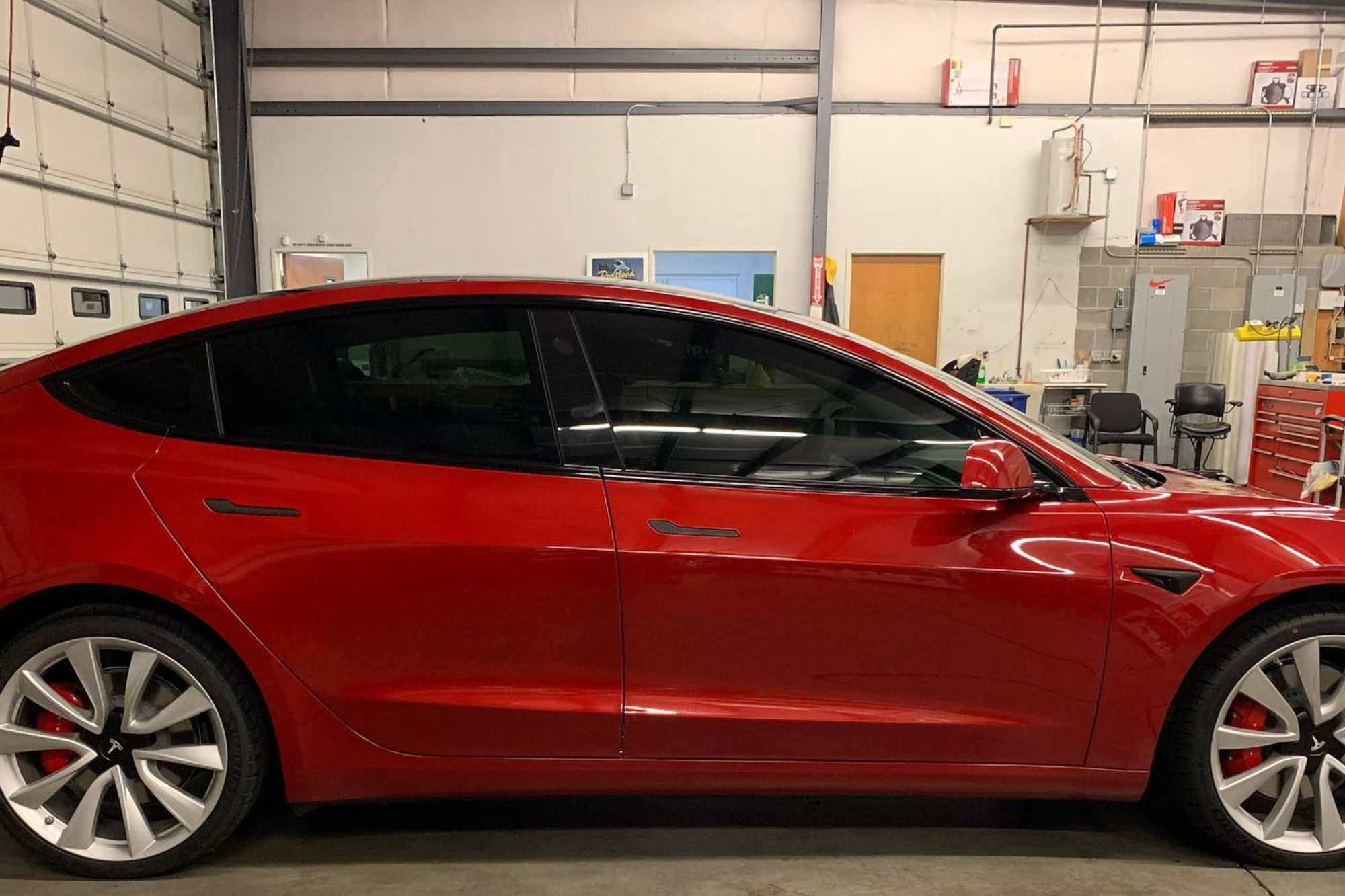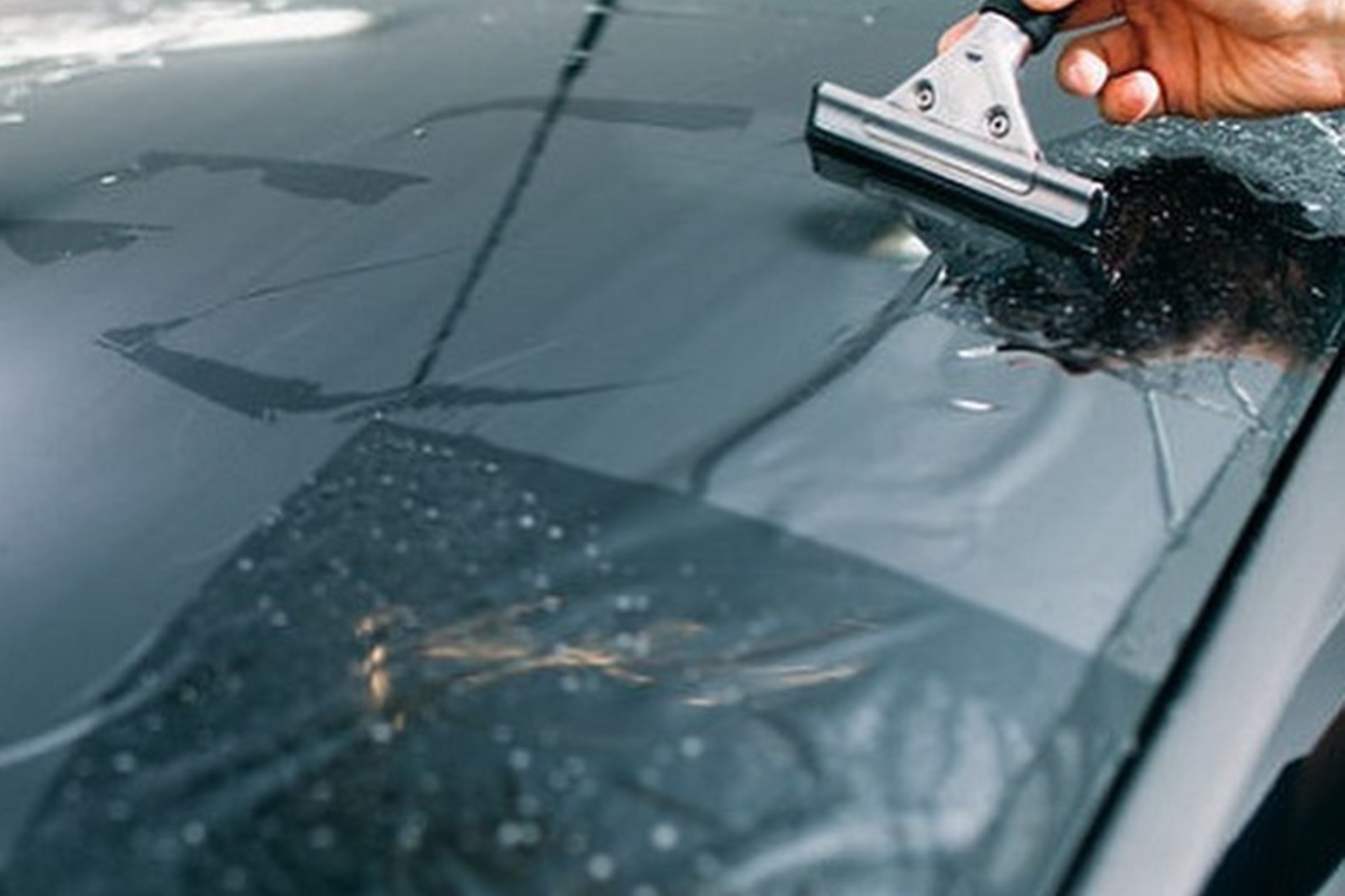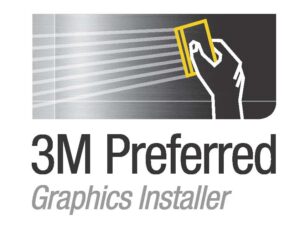
As you drive down the street, you may have noticed how window tint percentages vary among vehicles, sparking your curiosity about your car’s best window tint choice. Understanding the significance of this decision goes beyond mere aesthetics, impacting your comfort, safety, and even legal compliance. By delving into the intricacies of selecting the correct window tint percentage, you can navigate the options available and make an informed decision that aligns with your preferences and needs.
Key Takeaways
- Consider state laws on tint darkness to prevent legal issues.
- Balance privacy and visibility with tint percentages like 20% or 35%.
- Opt for tints with high UV protection and heat rejection capabilities.
- Choose tint percentages based on desired privacy and aesthetic preferences.
- Regular maintenance ensures the longevity and appearance of window tint.
Benefits of Window Tinting
Why is window tinting such a popular choice for car owners? Window tinting offers many benefits beyond just adding a sleek look to your vehicle.
To begin with, tinted windows provide enhanced privacy while driving, shielding you and your belongings from prying eyes. This added seclusion can make your driving experience more comfortable and secure, especially in high-traffic areas or urban settings.
Moreover, window tinting isn’t just about privacy—it also offers protection from the sun’s harmful UV rays. By reducing the amount of UV radiation that enters your car, tinted windows help safeguard your skin from sun damage and minimize the fading of your car’s interior upholstery. This means you can enjoy a cooler, more comfortable ride while also prolonging the lifespan of your vehicle’s interior components.
Additionally, window tinting can significantly decrease the heat entering your car, especially during hot summer. This reduced heat makes your vehicle more comfortable to drive and lessens the strain on your air conditioning system, potentially leading to improved fuel efficiency.
Legal Limits and Regulations
When choosing the right window tint percentage for your car, it’s vital to understand the tint percentage guidelines and state-specific regulations in your area.
Different states have different laws regarding how dark you can tint your windows, so it’s necessary to familiarize yourself with these regulations.
Tint Percentage Guidelines
It’s vital to be aware of the legal limits and regulations set forth by your state or country to ensure compliance with tint percentage guidelines.
These regulations dictate the maximum allowable darkness for car window tints. While these limits vary depending on where you reside, they must be followed to avoid fines or issues with law enforcement.
Typically, regulations specify the percentage of visible light that must be able to pass through the tint. This percentage often differs for front, rear, and side windows, securing visibility and safety for drivers and pedestrians.
By adhering to these guidelines, you stay on the right side of the law and contribute to safer road conditions for everyone.
When choosing the tint percentage for your car, always check your state or country’s regulations to make sure you select a stylish and legal tint.
It’s a simple step that can save you from potential headaches.
State-Specific Regulations
To ensure that your vehicle’s window tint complies with the law, understanding your state’s specific regulations regarding tint percentages is vital. Each state has its own set of rules dictating the allowable window tint percentages for various windows on your car.
It’s important to familiarize yourself with these regulations to make certain that you don’t run into any legal issues. Failure to comply with state-specific tint regulations can result in fines or even require you to remove the tint altogether.
Types of Window Tints
Various window tints are available for vehicles, each offering unique benefits and levels of light transmission. When choosing the right window tint for your car, it’s crucial to understand the different types available in the market.
The most common types of window tints include dyed film, metalized film, carbon film, and ceramic film.
A dyed film is an economical option that effectively reduces glare and heat. However, it may be less effective in blocking UV rays than other methods.
However, metalized film, due to its metal content, provides excellent heat rejection and durability. It also strengthens the window glass but can interfere with electronic signals.
Carbon film is known for its sleek appearance and superior heat rejection without interfering with signals. It’s a high-quality option that offers both style and functionality.
Ceramic film is the premium choice, offering the highest heat rejection, UV protection, and clarity. It’s non-metallic and non-conductive, making it suitable for vehicles with advanced technology.
Each type of window tint has its advantages and considerations. Understanding the characteristics of each can help you make an informed decision based on your preferences and needs.
Factors to Consider
Consider multiple factors when selecting the appropriate window tint percentage for your vehicle. To begin with, think about your local regulations. Each area has specific laws regarding how dark you can tint your windows, so it’s essential to stay within legal limits to avoid fines or penalties.
Next, consider your driving habits and the primary purpose of tinting. If you frequently drive at night or in poorly lit areas, opting for a lighter tint percentage would be beneficial to maintain visibility. On the other hand, if you prioritize privacy and protection from UV rays, a darker tint could be more suitable.
Another factor to consider is the climate in your region. A darker tint in hot, sunny areas can help reduce heat and glare, providing a more comfortable driving experience. However, a lighter shade may be preferable in colder climates to allow more natural light into the vehicle.
Additionally, think about the aesthetic appeal you want to achieve. The tint percentage can significantly impact the overall look of your car, so choose a percentage that aligns with your style preferences.
Moreover, consider the type of glass in your vehicle. Some cars come with factory-tinted windows, so adding a layer of tint could result in a darker appearance than intended.
Finally, factor in the maintenance required for different tint percentages. Darker tints tend to show swirl marks and smudges more quickly, so a lighter tint might be more practical if upkeep is a concern.
Light Transmission Levels
Understanding light transmission levels, often called VLT (Visible Light Transmission), is essential for ideal window tint selection. This measurement is vital as it determines the darkness of the tint and how much light will be blocked or allowed to enter your vehicle.
Different percentages of light transmission levels offer varying degrees of visibility and heat rejection. A lower rate means a darker tint, offering more privacy and better heat reduction. However, it may also limit visibility, especially at night.
On the other hand, a higher percentage allows more light into the vehicle, providing better visibility but potentially reducing privacy and heat rejection.
Balancing your preferences with local regulations is essential when considering light transmission levels. Some states restrict how dark you can tint your windows for safety reasons. Consequently, it’s wise to check the legal limits in your area before selecting a window tint percentage.
Popular Tint Percentages
When considering popular tint percentages for car windows, it is essential to weigh the advantages of ideal tint levels against legal restrictions that vary by state.
Achieving the right balance between UV protection, glare reduction, and visual privacy is vital for comfort and safety.
Understanding these factors will help you make an informed decision when choosing the tint percentage for your vehicle.
Optimal Tint Levels
An important aspect to evaluate when selecting the ideal window tint levels for your car is the popular tint percentages available in the market.
These percentages usually range from 5% to 70%, offering various options to suit your preferences. The most common choices include 5%, 20%, 35%, and 50% tint levels.
For those seeking maximum privacy and UV protection, 5% tint is the darkest option available, providing considerable shading.
However, it’s crucial to note that this level may not be legal in all areas, so check local regulations.
Conversely, 20% tint provides a good balance between privacy and visibility, making it a popular choice among many car owners.
It offers decent UV protection while allowing for reasonable clarity both day and night.
If you prefer a slightly lighter tint, 35% is a great option.
It provides good privacy while ensuring that visibility isn’t significantly compromised.
Finally, 50% tint offers a light tint that enhances the aesthetics of your car without drastically affecting visibility.
Consider your priorities and local regulations when selecting the best tint level for your vehicle.

Legal Tint Restrictions
To ensure compliance with legal requirements regarding window tinting, it’s crucial to be aware of the regulations governing popular tint percentages. Different states have varying laws when it comes to how dark you can tint your car windows.
The most common legal tint percentages allowed are 50%, 35%, and 20%.
A 50% tint allows 50% of light to pass through the windows, making it the lightest shade permissible in most states. This level offers a minimal tint effect while providing heat and UV protection.
Moving down to a 35% tint allows 35% of light to pass through, offering more privacy and heat reduction than a 50% tint.
Finally, a 20% tint is the darkest legal shade in many states, allowing only 20% of light to pass through. This provides maximum privacy and heat rejection but may limit visibility, especially at night.
Understanding these popular tint percentages and their corresponding legal restrictions will help you choose the right tint level for your car while adhering to the law.
Visual Privacy Considerations
Understanding the impact of popular tint percentages is essential for seeking increased visual privacy in their vehicle; when choosing the right window tint percentage, consider the following:
- 5-20%: This range provides considerable privacy, making it difficult to see inside the vehicle from the outside. However, it can also limit visibility, especially at night.
- 25-35%: This range offers a balance between privacy and visibility, making it a popular choice for many drivers. It provides a moderate level of privacy while still allowing for decent visibility.
- 40-50%: This is ideal for those looking for a subtle tint that enhances the vehicle’s aesthetics. While it offers some privacy and UV protection, visibility remains relatively good both during the day and
- 50% and above: This range is perfect for minimal tinting, providing a light shade that reduces glare and offers some privacy without significantly impacting visibility.
Consider these popular tint percentages carefully to achieve the desired level of visual privacy in your vehicle.
Heat Rejection Capabilities
Considering the heat rejection capabilities of window tint for your car is essential when determining the correct tint percentage. The heat rejection properties of window tint are measured by its Solar Heat Gain Coefficient (SHGC) rating. This rating indicates how much heat the tint can block from sunlight. Tints with higher SHGC ratings are more effective at reducing heat penetration into your car, keeping the interior cooler during hot days.
Selecting a window tint with excellent heat rejection capabilities enhances your driving comfort and helps reduce the workload on your car’s air conditioning system. This can improve fuel efficiency, as your AC won’t need to work as hard to cool down the interior. Additionally, a tint with good heat rejection can protect your upholstery from fading and cracking due to excessive heat exposure.
When choosing a window tint percentage based on heat rejection capabilities, opt for tints with SHGC ratings that align with your climate and personal preferences. A higher SHGC rating is recommended to maximize heat rejection in warmer climates. However, if you prefer a bit more natural light or live in a cooler region, a slightly lower SHGC rating may be more suitable.
Understanding the heat rejection capabilities of different window tints can help you make an informed decision that enhances your comfort and your car’s efficiency.
UV Protection Features
When considering window tint for your car, it’s essential to consider protection features.
UV blocking technology in window tint helps safeguard your skin and interior from harmful sun rays.
Understanding the benefits of UV protection enhances your driving experience and prevents long-term health impacts.
UV Blocking Technology
UV blocking technology is a crucial feature to examine when selecting window tint for your car. This technology enhances the appearance of your vehicle and provides critical protection against harmful UV rays.
Here are key points to contemplate when evaluating UV-blocking technology:
- Percentage of UV Protection: Look for window tints that offer a high percentage of UV protection, typically ranging from 95% to 99%. This ensures maximum shielding against the sun’s damaging rays.
- Durable UV-Blocking Films: Opt for window tints with high-quality films with built-in UV inhibitors. These films are designed to resist fading and provide long-lasting UV protection.
- Skin Protection: UV-blocking technology helps safeguard your skin against the sun’s harmful effects, reducing the risk of skin damage and premature aging caused by UV exposure.
- Interior Preservation: By blocking UV rays, window tint helps preserve your car’s interior, preventing fading and deterioration of upholstery, dashboard, and other surfaces.
Benefits of UV Protection
Selecting window tints with advanced UV-blocking features is essential for ideal protection against the sun’s harmful UV rays.
These advanced UV protection films shield you from the sun’s intense rays and safeguard your car’s interior from fading and damage. By blocking up to 99% of UV rays, these tints help maintain the color and quality of your upholstery, dashboard, and other interior components.
Additionally, prolonged exposure to UV radiation increases the risk of skin cancer and premature aging. UV protection window tint can reduce this risk for yourself and your passengers, creating a safer and more comfortable environment inside your vehicle.
Furthermore, UV protection features can contribute to the longevity of your car’s interior, preserving its value over time and ensuring that you can enjoy your vehicle for years.
Prioritizing UV protection in your window tint choice is an intelligent decision that is good for your health and preserves your car’s interior.
Health Impact Prevention
To protect yourself and your passengers from the harmful effects of prolonged sun exposure, it’s crucial to contemplate window tint options that offer advanced UV protection features.
When considering health impact prevention through window tinting, look for the following features:
- 99% UV Protection: Opt for window tints that block out 99% of harmful UV rays, safeguarding your skin from sun damage and reducing the risk of skin cancer.
- Skin Protection: Advanced UV window tints help prevent premature aging and skin conditions caused by UV exposure, ensuring your skin stays healthy and youthful.
- Eye Care: Tinted windows with UV protection reduce eye strain and the risk of developing eye-related issues due to prolonged sun exposure during drives.
- Interior Preservation: UV rays can damage your car’s interior, causing fading and deterioration. High-quality window tints with UV protection help maintain your car’s interior aesthetics and value.
Aesthetics and Privacy
Enhancing the aesthetics and privacy of your vehicle through window tinting is a strategic decision that can significantly impact your driving experience.
When considering your car’s aesthetics, the right window tint can enhance its overall look, giving it a sleek and stylish appearance. The tint can complement the color of your vehicle, adding a touch of sophistication and uniqueness.
Additionally, window tinting provides privacy, shielding you and your belongings from prying eyes. This added privacy enhances your sense of security and creates a more intimate and cozy atmosphere within the car.
Opting for the appropriate window tint percentage is essential in achieving the desired balance between aesthetics and privacy. A lighter tint percentage allows more natural light to enter the car, creating a brighter interior while still providing privacy.
On the other hand, a darker tint can offer increased privacy and better heat rejection, but it may slightly compromise the visibility from inside the vehicle.
Maintenance and Care Tips
Maintaining the quality and appearance of your window tint is essential for ensuring its longevity and effectiveness. To keep your window tint looking great and functioning well, follow these care tips:
- Regular Cleaning: Clean your tinted windows with a mild soap and a soft cloth. Avoid harsh chemicals or abrasive materials that could damage the tint film.
- Gentle Wiping Technique: When cleaning your tinted windows, be gentle and avoid using excessive pressure. Wipe in a back-and-forth motion rather than in circles to prevent peeling or bubbling.
- Avoid Sharp Objects: Be mindful of what comes in contact with your tinted windows. Avoid using sharp objects or abrasive tools near the tint film to prevent swirl marks or tears.
- Professional Inspection: Schedule regular inspections with a professional tint installer to ensure your window tint is in good condition. They can identify any issues early on and provide necessary maintenance to prolong the lifespan of your tint.
Finding the right window tint percentage for your car involves balancing privacy, visibility, and compliance with local regulations. Remember, “measure twice, cut once” when deciding, ensuring you choose the tint that best suits your needs and preferences. By considering the window tint benefits, legal limits, types of tints, and critical factors like light transmission, heat rejection, UV protection, aesthetics, and maintenance, you can enhance your driving experience with style and comfort.
WrapCo offers expert window tinting services to help you achieve the perfect balance of privacy, UV protection, and aesthetics for your vehicle. With various tint percentages and options available, their professional team is ready to assist you in selecting the ideal tint for your car while ensuring compliance with local regulations. Contact WrapCo today to get started on upgrading your vehicle’s appearance and comfort.

